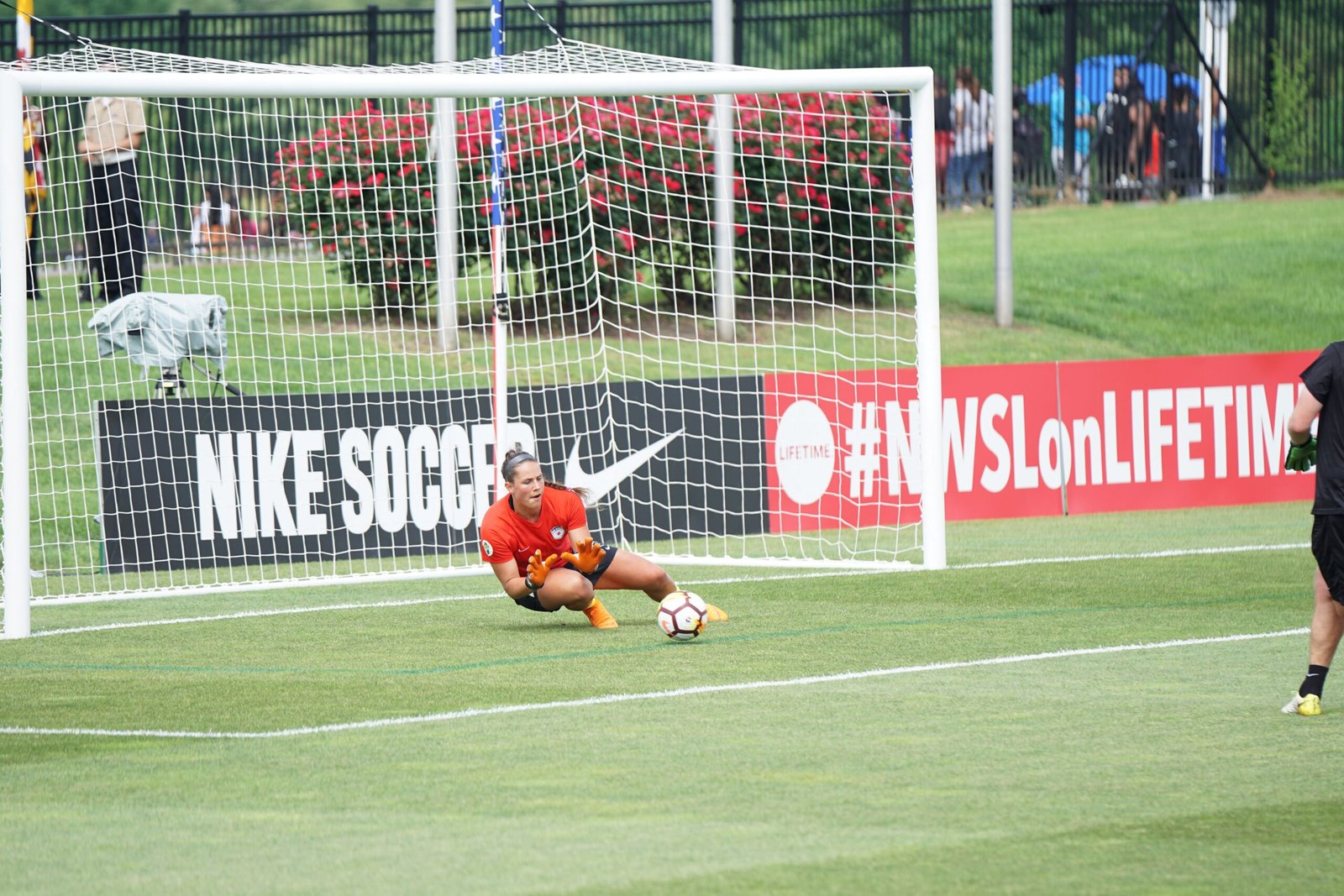Imagine waking up one morning with a sudden and intense pain in your big toe. It feels as though someone is stabbing it with a hot poker. You try to move your foot, but even the slightest touch sends shooting pain throughout your body. What could be causing this agonizing discomfort? It may very well be the first signs of a gout attack, a condition that affects millions of people worldwide. In this article, we will explore the initial indicators of a gout attack and provide some valuable insights on how to identify and manage this challenging condition. So, if you've ever experienced this excruciating pain or simply want to be prepared for what may lie ahead, keep reading to learn more about the first signs of a gout attack.

Understanding Gout
Definition of Gout
Gout is a type of inflammatory arthritis that occurs when there is a buildup of uric acid in the blood, leading to the formation of urate crystals in the joints. The presence of these crystals triggers sudden and intense pain and inflammation, known as a gout attack.
General Information About Gout
Gout predominantly affects men, particularly those between the ages of 40 and 60. However, women are also susceptible to developing gout, especially after menopause. The condition is more prevalent in individuals who have a family history of gout. Several factors contribute to the development of gout, including genetics, diet, obesity, certain medications, and underlying health conditions.
Causes and Development of Gout
Gout develops when there is an excess production of uric acid or a decrease in its elimination. Uric acid is a byproduct of the breakdown of purines, which are substances found in certain foods and also naturally produced by the body. When the levels of uric acid become elevated, crystals may form in the joints, leading to gout attacks. Certain factors can contribute to increased uric acid levels, such as a diet high in purine-rich foods, excessive alcohol consumption, obesity, kidney disease, and certain medications.
Physical Indications of Impending Gout Attack
Sudden and Intense Pain
One of the hallmark signs of a gout attack is the sudden onset of severe pain. This pain is typically localized to the affected joint and is often described as a throbbing or pulsating sensation. It usually reaches its peak within a few hours.
Discomfort in Joints
Before the onset of a gout attack, you may experience discomfort in the affected joint. This discomfort may manifest as a dull ache, stiffness, or tenderness, indicating the impending inflammation and pain that accompanies a gout attack.
Sensation of Heat in Joints
As a gout attack approaches, you may notice a sensation of heat in the affected joint. This heat is a result of the inflammatory response triggered by the presence of urate crystals.
Redness and Swelling
Another visible indication of an impending gout attack is redness and swelling in the affected joint. The joint may appear visibly swollen, tender to the touch, and warm to the skin.
Recognition of Pain Spots
Big Toe as a Common Site
The big toe is often the initial and most commonly affected joint during a gout attack. This is known as podagra and can cause intense pain, making it difficult to walk or even put weight on the affected foot.
Other Potential Areas like Knee, Ankle, and Wrist
While the big toe is the classic site, gout can also affect other joints, such as the knee, ankle, and wrist. The pain and inflammation experienced in these joints during a gout attack can be equally severe.
Frequency of Pain per Location
The frequency of gout attacks in specific joints can vary from person to person. While some individuals may predominantly experience attacks in the big toe, others may have a higher frequency of attacks in other joints.
Duration and Timing of Gout Flares
Typical Onset of Attacks
Gout attacks often occur suddenly, even without any specific trigger, and tend to happen during the night. Individuals may wake up from sleep with severe pain in the affected joint.
Common Duration of First Attacks
The duration of a gout attack can vary but typically lasts between three to ten days. The first attack is usually more prolonged compared to subsequent attacks.
Variations in Duration and Intensity with Subsequent Attacks
Over time, gout attacks may become shorter in duration; however, they can occur more frequently. The intensity of the pain and inflammation may also vary with subsequent attacks, with some episodes being milder and others more severe.

Assessing Pain Intensity
Rate of Increase in Pain Levels
During a gout attack, the pain levels can rapidly escalate. It is not uncommon for individuals to experience a sudden onset of severe pain that reaches its peak intensity within hours.
Peak Pain Hours
The peak intensity of pain during a gout attack typically occurs within the first 12 to 24 hours. This period can be extremely uncomfortable and debilitating.
Common Descriptions of Gout Pain
Individuals often describe the pain experienced during a gout attack as excruciating, unbearable, throbbing, or like a hot poker being inserted into the joint. The pain can be so severe that even the slightest touch or movement of the affected joint becomes unbearable.
Accompanied Symptoms during Gout Attack
Fever and Chills
In addition to joint symptoms, some individuals may experience low-grade fever and chills during a gout attack. This is a result of the body's immune response to the presence of urate crystals and inflammation.
Fatigue and Malaise
Feeling fatigued and generally unwell is common during a gout attack. The combination of severe pain, inflammation, and disrupted sleep patterns can contribute to feelings of fatigue and malaise.
Loss of Appetite
Loss of appetite is another symptom that may accompany a gout attack. This can be attributed to the overall discomfort and pain experienced, as well as the body's response to inflammation.

Observe Changes in Skin and Nails
Skin Peeling and Itching
During a gout attack, you may notice changes in the affected area's skin, such as peeling or itching. These changes are a result of the inflammatory process and the body's attempt to heal the area.
Change in Nail Color or Consistency
Changes in nail color or consistency can occur in some individuals during a gout attack. The nails may become discolored, brittle, or crumbly. These changes are believed to be related to the presence of urate crystals in the joints.
Presence of Gout Tophi
Gout tophi are small, white, chalky lumps that can develop under the skin. These tophi are deposits of urate crystals and usually occur in advanced stages of gout. The presence of tophi is indicative of long-term, uncontrolled gout.
Link Between Gout and Underlying Health Conditions
Pre-existing Arthritis and Other Joint Problems
Individuals with pre-existing forms of arthritis or other joint problems are at an increased risk of developing gout. The presence of joint damage or inflammation can further contribute to the initiation and progression of gout.
Hyperuricemia and Kidney Diseases
Hyperuricemia, the condition where there is an excess of uric acid in the blood, is a key risk factor for gout. Kidney diseases can impair the body's ability to eliminate uric acid, leading to its buildup and subsequent development of gout.
Cardiovascular and Metabolic Disorders
There is a strong association between gout and cardiovascular or metabolic disorders such as hypertension, diabetes, and obesity. These conditions often coexist, sharing common underlying mechanisms and risk factors.
Seeking Medical Attention
When to See a Doctor
If you experience symptoms suggestive of a gout attack, it is advisable to seek medical attention. A healthcare professional can confirm the diagnosis, provide appropriate treatment, and offer guidance on managing and preventing future gout attacks.
What to Expect From a Medical Consultation
During a medical consultation for gout, your doctor will assess your medical history, conduct a physical examination, and order diagnostic tests if necessary. They will also provide education on managing gout and discuss lifestyle modifications and treatment options.
Diagnostic Tests for Gout
Diagnostic tests commonly used to confirm gout include joint fluid analysis, blood tests to measure uric acid levels, and imaging studies such as X-rays or ultrasound. These tests help rule out other conditions and confirm the presence of urate crystals in the affected joint.
Preventive Measures and Management Strategies
Lifestyle Modifications
Making certain lifestyle modifications can help prevent or manage gout attacks. These include maintaining a healthy weight, regular exercise, avoiding alcohol and sugary beverages, staying hydrated, and managing stress.
Dietary Adjustments
Diet plays a crucial role in managing gout. Avoiding foods high in purines, such as organ meats, shellfish, and certain types of fish, can help reduce uric acid levels. Increasing the consumption of low-fat dairy products and cherries may also be beneficial.
Pharmacologic Treatments
Pharmacologic treatments for gout aim to relieve pain, reduce inflammation, and lower uric acid levels. Nonsteroidal anti-inflammatory drugs (NSAIDs), colchicine, and corticosteroids are commonly prescribed to manage acute gout attacks. Uric acid-lowering medications, such as allopurinol or febuxostat, may be prescribed to prevent future gout attacks.
Importance of Regular Check-ups
Regular check-ups with your healthcare provider are crucial in managing gout effectively. These appointments allow for monitoring of uric acid levels, assessment of treatment efficacy, and adjustment of medications if necessary. Regular check-ups also provide an opportunity to address any concerns or questions.
In conclusion, understanding the signs and symptoms of a gout attack is essential in managing this debilitating condition. By recognizing the initial indications, seeking medical attention, implementing preventive measures, and following the recommended management strategies, individuals can better control gout and improve their overall quality of life.
